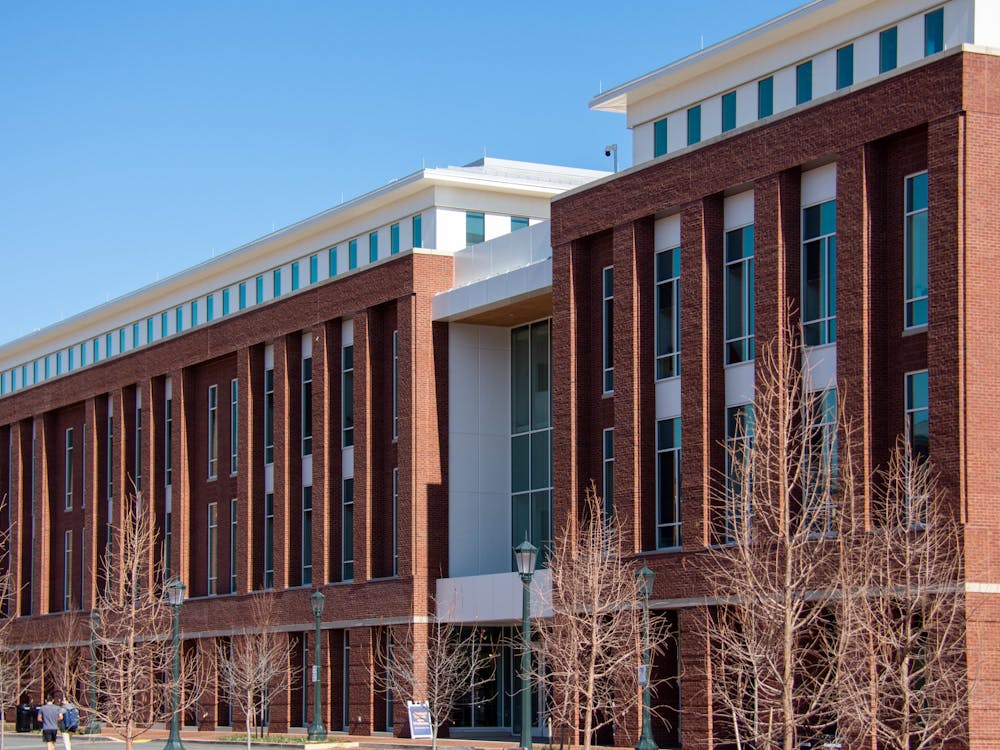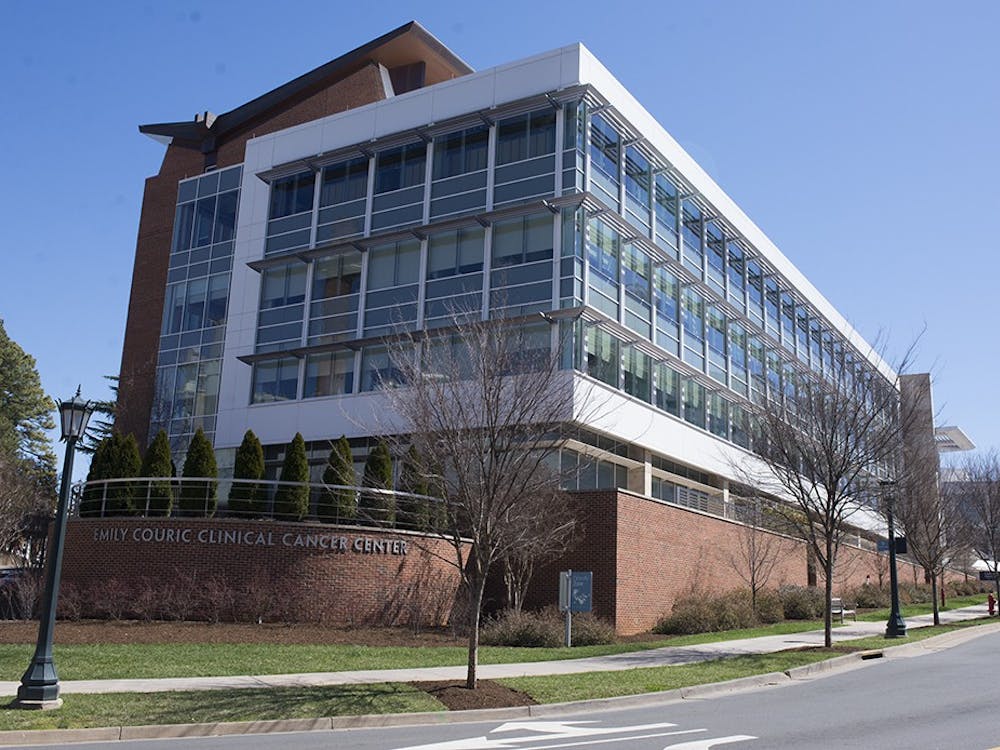The particle physics project Oscillation Project with Emulsion-tRacking Apparatus in Gran Sasso, Italy generated sensational press last week, publishing data which appeared to contradict dogmas of modern physics.
Since the theory of relativity was postulated by Einstein, the speed of light has been regarded as a fundamental physical constant, and it is the physical measure by which the meter is defined (exactly 1/ 299,792,458 the distance light travels in a second). The speed of light mathematically relates space and time, and is the proportion which equates mass and energy (E=mc^2). No quantity of matter or energy has ever been observed with confidence to exceed light speed. Indeed, the speed of light in a vacuum has been, since Einstein, theorized as the maximum speed at which any matter or energy can move through space.
OPERA measured the arrival time of neutrinos, a species of uncharged subatomic particle, beamed from the subterranean laboratory of the CERN Super Proton Synchrotron near Geneva, about 730 kilometers away from Gran Sasso. These measurements indicated that the neutrinos arrived in Gran Sasso 60 nanoseconds earlier than light would have, meaning the neutrinos attained faster-than-light speed.
"It is the name 'faster-than-light neutrinos' which appeared in the press that makes us squeamish," Physics Prof. P.Q. Hung said. He emphasized the importance of a more careful examination of the uncertainties in the neutrino measurements before concluding anything. These measurements are determined from a collection of probabilities, clock times and distances given by GPS, he said.
In the experiment, protons are smashed onto a target during a 10-microsecond interval, producing fragments which decay into neutrinos and other particles. "During these 10 microseconds, there is no way to know when neutrinos are produced," Hung said, noting that the OPERA experiment had to estimate the time using a statistical approach. "Many of us think that they do not really know how to handle this. This could greatly influence their determination of the 60 nanosecond discrepancy."
Physics Prof. Blaine Norum was also skeptical of the reported interpretation of the OPERA measurements. "The data set that was used contained a total of only slightly over 1,000 events," he said. "That's not enough to address the uncertainties described by Prof. Hung."
Hung said measurements taken from the supernova SN 1997 provide counter-evidence to the OPERA results. Scientists detected neutrinos emitted from the supernova as they reached the Earth and deduced their speed, he said. "There was a famous result," Norum said. "That detection fit beautifully with what we expected. Three different experiments detected bursts of neutrinos arriving within 15 seconds [of each other]. If neutrinos had traveled with the speed suggested by the OPERA experiment, they would have arrived years earlier."
Hung cautioned that only further scrutiny of the uncertainties in the measurements and their reproducibility by other teams will validate or disprove the OPERA findings. Despite his insistence on rigor, Hung said he knows the diversion in a sensational news blurb. When prompted for the implications of a faster-than-light particle, he offered, "we can perhaps go backward in time to see our parents being born - just kidding"






